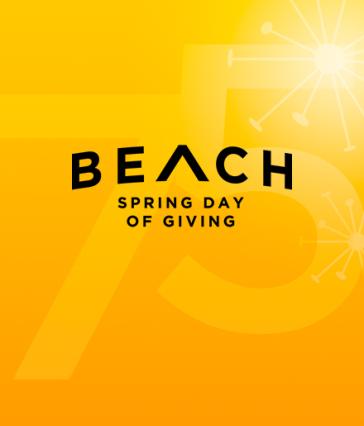Here's how CSULB distributed HEERF funds
The pandemic caused Cal State Long Beach to pivot to alternative teaching methods, but with the additional funds from the Higher Educational Emergency Relief Fund (HEERF), The Beach was able to move forward into a sound future.
CSULB received nearly $120 million for institutional support from HEERF that covered many facets, such as technology, student support services and health and safety protocols. CSULB received another $120 million for direct aid to students that was distributed over the past four semesters.
HEERF was created by the Coronavirus Aid, Relief & Economic Security (CARES) Act in Spring 2020. Additional funds were allocated to HEERF as authorized by the CARES Appropriations Act of 2021 and the American Rescue Plan.
Institutional HEERF allocation decisions were based on guidance provided by the U.S. Department of Education to defray expenses related to the pandemic.
CSULB has used $34.9 million (29%) of the HEERF funding to upgrade classrooms and labs for online teaching and learning, increase Wi-Fi access and provide hotspots and laptops to students as needed.
“The federal money puts us in a better position to work remotely part of the time with the number of laptops we’ve purchased to get people set up to work from home,” said Kara Perkins, associate vice president of Budget and Administration. “It also enabled us to get classrooms in each college set up as HyFlex classrooms so they can schedule hybrid classes moving forward.”
The rest of the funding (totaling $118.7 million) went to:
- Lost revenue ($29.8 million) Used to replace revenue lost because of the economic downturn and state general fund reduction during the height of the pandemic, according to federal grant guidelines.
- Faculty and staff support ($16.9 million) Allocated for online/hybrid course delivery, program development, faculty and staff workshops focused on technology tools and data, and other support programs.
- Indirect cost recovery ($15.4 million) Recovered the costs of operational needs of the campus incurred during the pandemic.
- Student support services ($10.2 million) Provided technological and instructional support services, as well as additional health services for residential housing students, added support for students with disabilities and counselors to support students’ mental health needs. Funding also went to building four outdoor classroom spaces that will allow students to learn in socially distanced settings.
- Health and safety ($8.3 million) Ensured COVID protocols are met, such as rigorous cleaning standards, new HVAC and filtration systems, plexiglass and other personal protective equipment to safeguard students, faculty and staff in campus buildings.
- COVID testing and vaccine delivery ($3.2 million) Covers the expense of COVID testing and vaccine delivery in an on-campus clinic managed by Student Health Services. Student Health Services and Parking and Operations staff oversaw the vaccine clinics on campus.
“We could never have done this without the federal funding,” Perkins said. “It was money that we would not have had to spend on these things, especially during an economic downturn.”

















